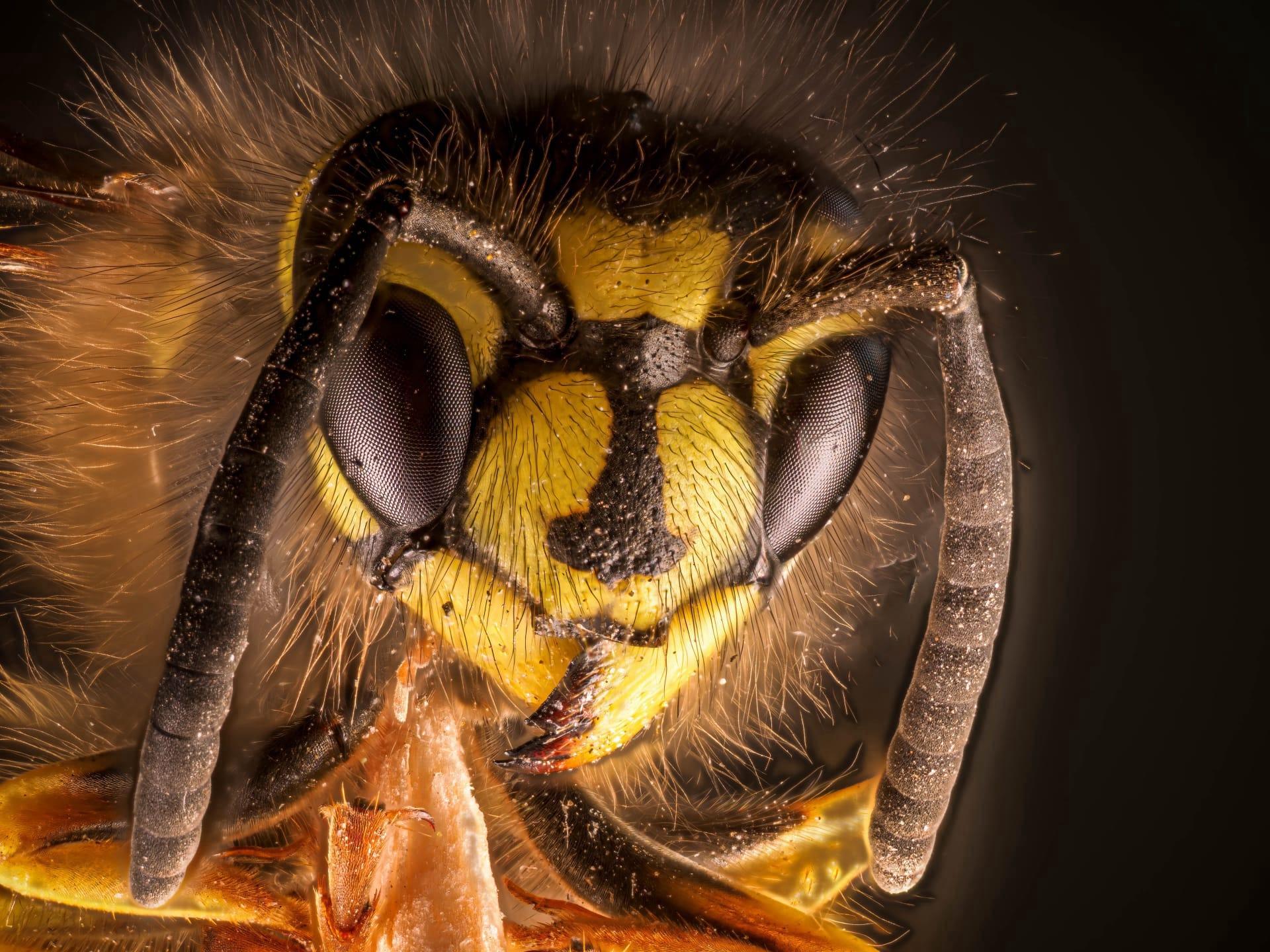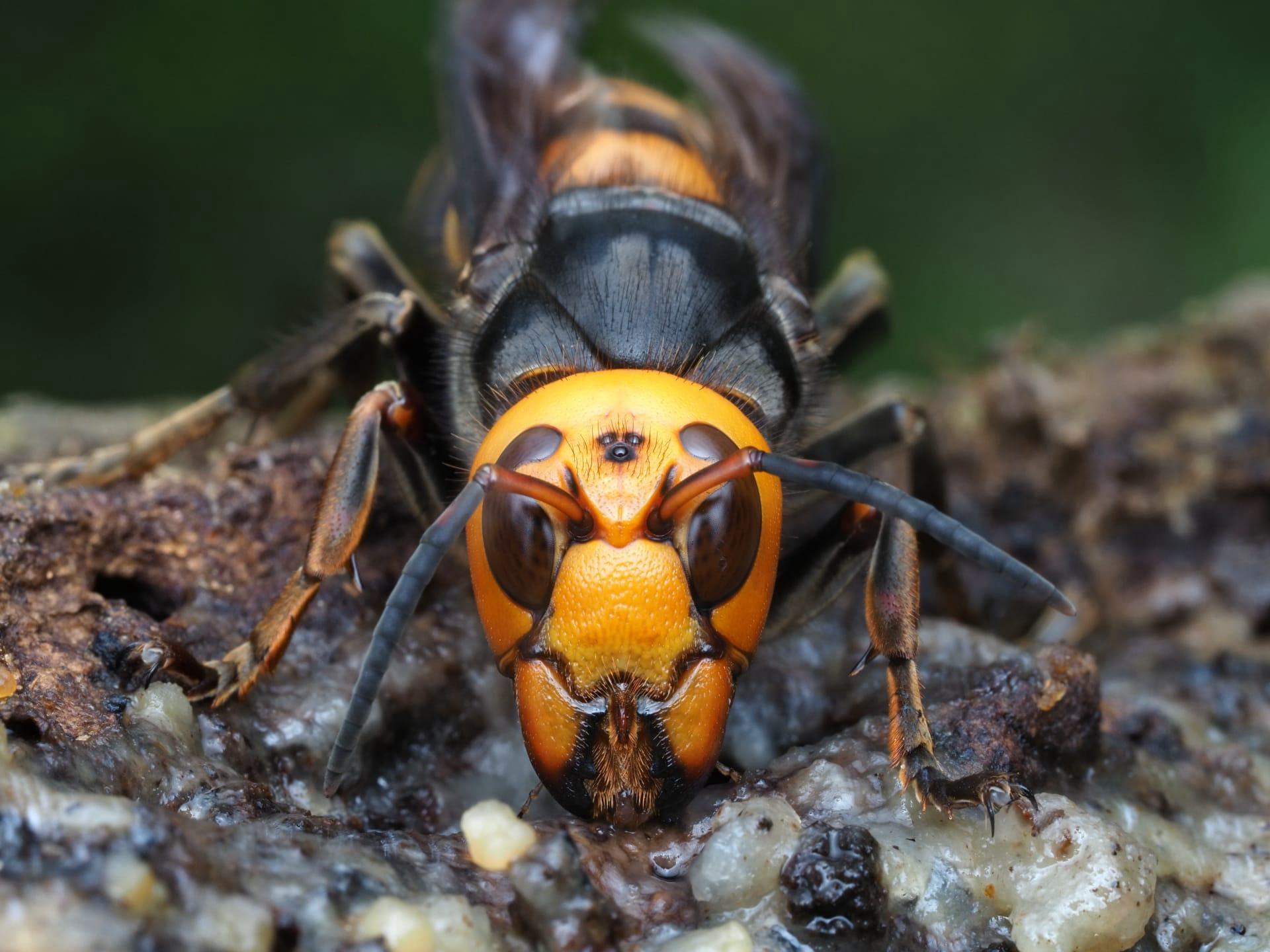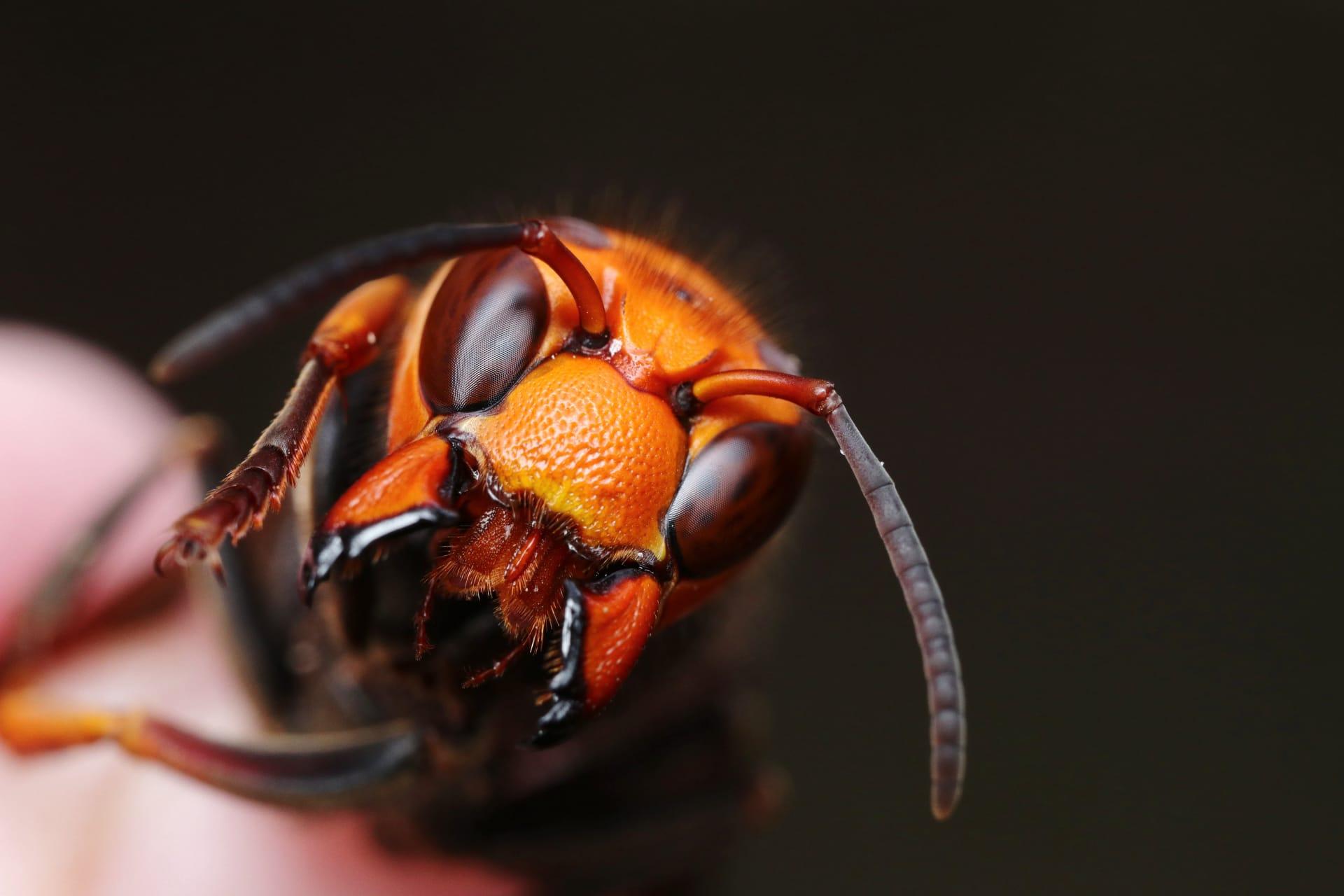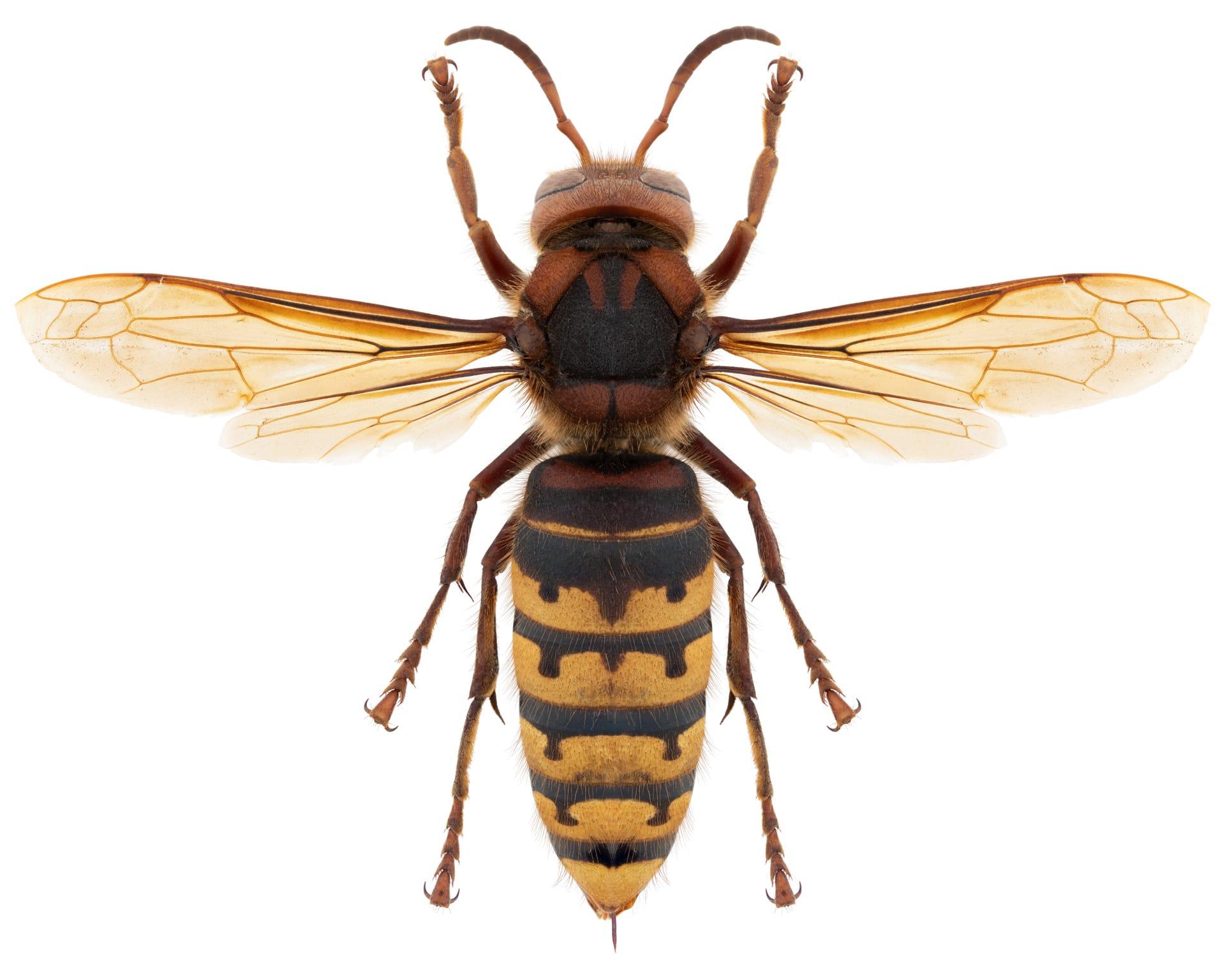Murder Hornets Characteristics
- Home /
- Mini Encyclopedia /
- Animal /
- Murder Hornets Characteristics
1
Murder Hornets, scientifically known as Vespa mandarinia, are the world's largest hornets, reaching up to 2 inches in length. Their striking size is complemented by a lifecycle lasting approximately 3 to 4 years. A remarkable feature of these hornets is their vivid coloring, with a yellow-orange face and black and yellow striped abdomen. Their wings span can reach up to 3 inches, making them not only imposing but also efficient flyers.
One of the most distinctive organs of the Murder Hornet is its stinger. Unlike bees, these hornets can sting multiple times. Their stinger is approximately 6 millimeters long and delivers a potent venom that contains a neurotoxin called mandaratoxin. This toxin can cause severe pain and, in rare cases, fatal allergic reactions in humans. The hornet's stinger is not just a defense mechanism but also a tool for hunting, as they often use it to paralyze prey such as bees and other insects.

2
Question: What makes Murder Hornets particularly dangerous to honeybee populations?
Answer: Murder Hornets pose a significant threat to honeybee colonies. They are notorious for their 'slaughter phase' where they attack and decimate honeybee hives. A small group of these hornets can destroy an entire beehive in a matter of hours. They decapitate the bees and take the larvae and pupae back to feed their own young. This behavior not only reduces bee populations but can also have cascading effects on the pollination of plants and the overall ecosystem.

3
Murder Hornets exhibit remarkable flying capabilities. They can reach speeds of up to 25 miles per hour and are capable of flying distances of up to 60 miles in a single day. Their flight is not only fast but also agile, allowing them to maneuver effectively during hunting or when evading predators.
In terms of feeding habits, Murder Hornets are carnivorous. They primarily feed on larger insects like bees, mantises, and other hornets. During the late summer and fall, they are known to hunt in groups at beehives, a behavior that is particularly devastating to bee populations. Adult hornets also sometimes feed on tree sap, but their larvae are entirely dependent on protein, which the adults provide by hunting other insects.

4
The natural habitat of Murder Hornets includes temperate and tropical forests in East Asia. They are commonly found in countries like Japan, China, Korea, and parts of Russia. These hornets prefer low mountains and forests, as well as lowland and suburban areas with adequate tree cover. They build their nests underground, often in abandoned rodent burrows.
Regarding reproduction, the life cycle of a Murder Hornet colony begins in spring when the queen emerges from hibernation to start a new nest. She initially raises a few workers who then take over foraging and nest expansion. By late summer, the colony reaches its peak with up to several hundred workers. In the fall, new queens and males are produced; these new queens mate and then find a place to hibernate and start new colonies the following spring.

5
Book: "The Hornet's Sting: The Amazing Untold Story of World War II Spy Thomas Sneum" by Mark Ryan. While not directly about Murder Hornets, this book delves into the story of a WWII spy nicknamed "The Hornet." Published in the United States in 2011, Ryan's book offers a thrilling narrative of espionage, drawing a metaphorical connection with the hornet's lethal sting. It provides an engaging read for those interested in both history and the symbolic power of hornets.
Book: "Hornets: The Inside Story of the 1986 Charlotte Hornets" by Ron Green. This book, published in the United States in 1988, tells the story of the Charlotte Hornets basketball team's inaugural season. Again, while not about the insect, the book captures the spirit and drive of the team, likening their determination and teamwork to the attributes of a hornet. It's an insightful read for sports enthusiasts and those interested in team dynamics and perseverance.